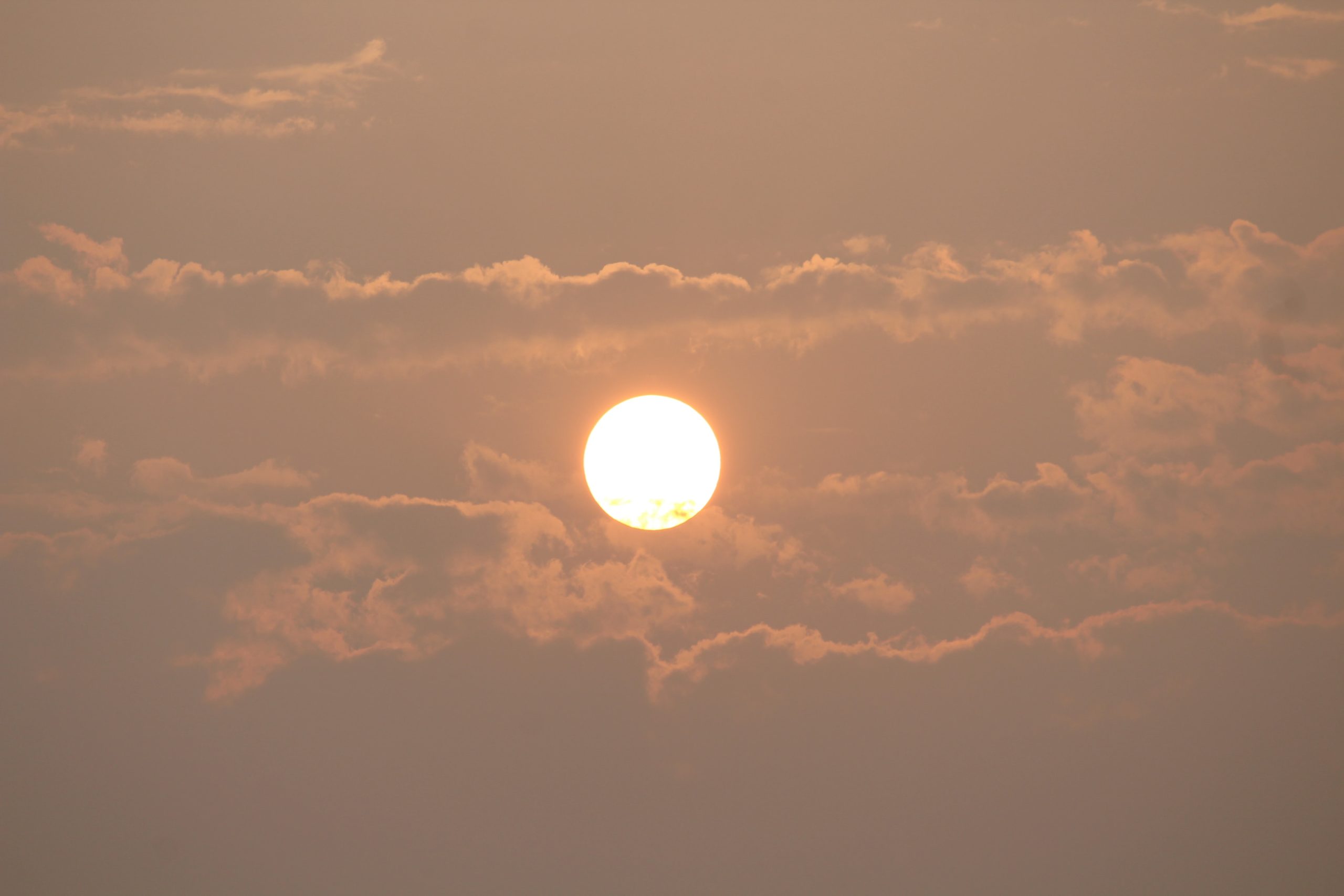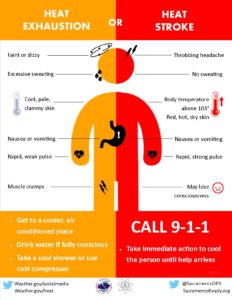5 Tips to Prevent Heatstroke and Heat Exhaustion

Photo by Tanishq Tiwari on Unsplash
A day earlier, Kepner—a pecan enthusiast from Friendswood, Texas—started his work in the morning to beat the unrelenting sun. He wore an old cotton t-shirt, a pair of washed-out blue jeans, and his work boots.
He mowed the yard with his push-mower. He mulched and fertilized the flower beds; he trimmed his fruit trees. Before he knew it, it was early afternoon. Hot and exhausted, Kepner sat down in his chair in the garage to try and cool down. He turned on his fan, downed some water, and settled in.
That’s where his daughter found him at 1 p.m. Slumped in his chair, Kepner was barely coherent and sweating profusely. He was suffering from heat exhaustion.
Heat exhaustion, heat stress, and heatstroke are conditions that can all arise from overexposure to high temperatures. And this time of year, those high temperatures stick around for most of the day, and in some parts of the country, late into the night. This past weekend a record-breaking heat wave swept across the United States, with parts of the Midwest, Northeast, and North Texas experiencing temperatures above 100 degrees Fahrenheit.
Although the heat wave is over, summer isn’t. Temperatures are expected to remain in the upper 90s for much of the country, and for most people, the hottest month of the year is now. Whether working, playing, or just relaxing outside, the summer heat poses a threat to your health. Here’s how you can beat the heat and guard your health.
Dress to protect
In this summer heat, your clothing can be the difference between just being a sweaty mess after a hard day’s work or ending up in the hospital due to heat illness. When spending time in the sun, dress in lightweight, light-colored, loose-fitting clothes. The Centers for Disease Control and Prevention also reminds us to wear sunscreen with “broad spectrum” or “UVA/UVB protection” as sunburns “affect your body’s ability to cool down and can make you dehydrated.” Before you head out, don’t forget your hat and sunglasses to protect yourself further.
The American Society of Safety Professionals also advises those working outside to place cooling pads in their hard hats or around their necks to keep the head and neck cool. Dressing to protect is a simple and proactive step that can save your life.
Always have a buddy
As another proactive step to prevent heat illness, the National Institute for Occupational Safety and Health recommends setting up a buddy system. Long used for a safety procedure, the buddy system ensures you have someone watching your back while you’re working in the orchard or enjoying a summer day. A buddy can be a family member, a friend, or a fellow employee.
You and your buddy should check up on one another throughout your time in the heat to make sure you’re both drinking water and taking breaks and to monitor for symptoms of heat exhaustion and heatstroke. If you don’t have a buddy nearby, choose someone you could call or text throughout the day to check in.
Take a break
Throughout the day, schedule and take frequent rest breaks in cooler, shaded areas. If possible, try to rest in an air-conditioned environment. During this time, catch your breath, escape the sun’s oppressive rays, and drink water—the next step to preventing heat illness.
Hydrate, people!
Water is the most essential nutrient and the one our bodies require in the greatest amount. So, while you’re out in the heat, drink water.
Katherine Tallmadge, a registered dietitian, makes an even more specific recommendation in her article “13 Tips for Staying Hydrated in the Summer Heat” from LiveScience. Tallmadge states you should drink enough water to avoid thirst—1 cup every 15 to 20 minutes, at least.
Staying hydrated extends beyond just drinking water, though. It also means you should avoid alcoholic beverages, supplement your water with sports drinks, maintain an overall healthy diet, and begin hydrating the day before. All of your health decisions play a role in your body’s overall state and your ability to stand the heat. By making conscious food choices, you can ensure you’re in peak form when heading out.
Know the symptoms
Even with all these precautions, heatstroke and heat exhaustion can sneak up on you. That’s why it’s important we know what to look for when someone is suffering from heat illness. Although heatstroke and heat exhaustion share several symptoms, these two illnesses can be differentiated by the person’s level of coherence.
According to the Centers for Disease Control and Prevention, a person suffering from heat exhaustion will have the following symptoms: heavy sweating; cold, pale, and clammy skin; a fast, weak pulse; nausea or vomiting; muscle cramps; tiredness or weakness; dizziness; headache, and/or fainting. A heatstroke victim, on the other hand, will have a high body temperature (103 degrees Fahrenheit or higher), exhibit hot, red, dry, or damp skin, and a fast, strong pulse alongside the following symptoms: headache, dizziness, nausea, confusion, and loss of consciousness.

Check out this infographic from the National Weather Service for more recommendations on what to do if someone you know or love is suffering from heat exhaustion or heatstroke.
Summer is not yet over and high temperatures will stay consistent well into September; by following the tips listed above and staying diligent, we can all protect ourselves and our loved ones from the heat exhaustion and heatstroke.
Jim Kepner, the pecan enthusiast from Friendswood, didn’t have to spend his Fourth of July in the hospital, but he was one of the lucky ones. Even though he suffered from heat exhaustion, the steps he took at the beginning of his workday ultimately saved his life. His light-wash jeans drenched in sweat helped keep him cool. His hat and sunscreen protected his skin from sunburn, which helped to maintain his body’s ability to cool down. And his daughter, who in a way acted as his buddy, spotted the symptoms and got him the help he needed.
Just like with Kepner, these proactive steps can make a lifesaving difference. So, while you’re out in the heat this summer and early fall, remember: dress to protect, check in with someone, take a break, stay hydrated, and know the symptoms.

